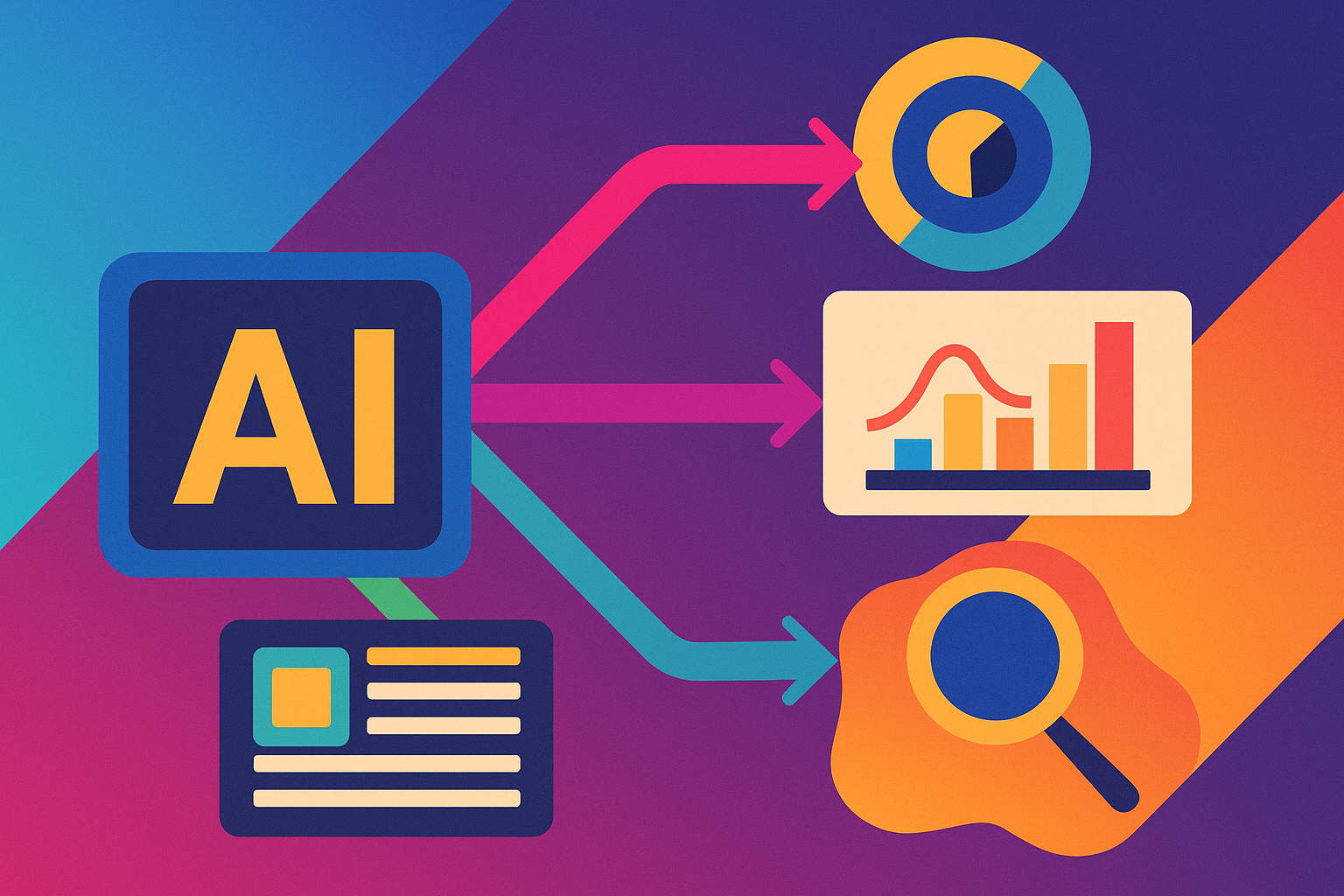In today’s fast-paced digital world, successful marketing relies on a deep understanding of your customer journey. At Theia Media Agency, we believe that truly knowing what drives your customers—what inspires them to interact with your brand, and what ultimately convinces them to convert—is key to creating high-impact marketing strategies. But with so many touchpoints influencing a customer’s path to purchase, how do you track, optimize, and improve the effectiveness of your campaigns?
In this article, we’ll break down how using first-touch and last-touch attribution models together can transform your customer journey analysis and increase conversions. Let’s explore how to map out your customer’s journey and use this information to drive better results.
What Is a Customer Journey?
The customer journey refers to the various interactions a prospect has with your brand before making a purchase. It’s not just a straight line; it’s a series of steps, touchpoints, and moments that help guide your potential customers from awareness to conversion.
For any business looking to boost conversions, understanding this journey is critical. Every piece of content, social post, ad, or email becomes part of that journey and plays a role in converting a prospect into a loyal customer. But with every journey being unique, how do you track which touchpoints are the most effective?
The Role of the Marketing Funnel
Marketing funnels simplify the customer journey by breaking it down into five key stages:
- Awareness
- Interest
- Consideration
- Nurture
- Conversion
By categorizing customer journeys into these stages, you can identify which touchpoints are successfully moving prospects from one stage to the next. From here, you can better optimize your content and campaigns for each stage, making sure you’re guiding more customers toward conversion.
What Is Attribution?
Attribution is all about determining which marketing efforts contributed to a sale. By using various tracking methods like UTMs, pixels, or phone tracking, businesses can tie conversions back to specific marketing efforts.
But attribution is more than just crediting one touchpoint. To truly understand what’s driving conversions, businesses should focus on two key models:
- First-Touch Attribution: This model credits the first interaction a customer has with your brand.
- Last-Touch Attribution: This model gives full credit to the final touchpoint before a conversion.
While both provide useful insights, combining them offers a holistic view of the entire customer journey—enter multi-touch attribution.
6 Steps to Analyzing the Customer Journey
To maximize conversions, it’s crucial to adopt a multi-touch approach, combining insights from both first- and last-touch attribution. Here are six key steps to help you analyze your customer journey effectively:
1. Analyze How Users Find Your Website
First-touch attribution helps identify the channels bringing users to your site initially, while last-touch attribution highlights what closes the sale. Combining the two reveals which channels introduce users to your brand and which ones lead to conversions.
By analyzing both, you can optimize your marketing budget and prioritize efforts that generate the most impactful results.
2. Assess Conversion Likelihood Based on Entry Point
When using last-touch attribution alone, conversion rates are skewed toward the final interaction. However, first-touch insights allow you to measure how well early interactions influence conversion likelihood, giving you a clearer picture of how the entire funnel is performing.
3. Measure How First Entry Affects Final Conversion
Understanding the first touchpoint can inform how early engagements drive conversions later. For instance, if organic search is a common first interaction, it’s vital to ensure SEO remains a top priority in your marketing strategy.
4. Measure How First Entry Affects Order Value
Beyond conversion rates, first-touch analysis can also reveal how early engagements impact the size of a customer’s order. Does the first entry point lead to higher value purchases? This insight helps refine both your early and late-stage marketing efforts.
5. Evaluate Channel Contributions to Revenue
By looking at both first- and last-touch attribution, you can better understand how each marketing channel contributes to overall revenue. This method highlights which channels are most effective throughout the entire customer journey.
6. Measure the Value of Early-Stage Content
Content created for early stages of the journey, like blog posts, often doesn’t result in immediate conversions. However, first-touch attribution shows the long-term impact of early-stage content, such as returning visitors who convert later.
Why Multi-Touch Attribution Matters
By combining first-touch and last-touch attribution, you get a more detailed understanding of how your customers interact with your brand across multiple touchpoints. This comprehensive view helps you make data-driven decisions that refine both awareness-building strategies and conversion-focused campaigns.
At Theia Media Agency, we specialize in helping businesses analyze and optimize their customer journeys to drive higher conversions. By leveraging multi-touch attribution and our data-driven approach, we can fine-tune your marketing efforts and help you reach your business goals faster.
Ready to maximize conversions with a refined, multi-touch approach? Let Theia Media Agency guide you through every stage of your customer journey, from awareness to conversion. Schedule your free consultation today!









